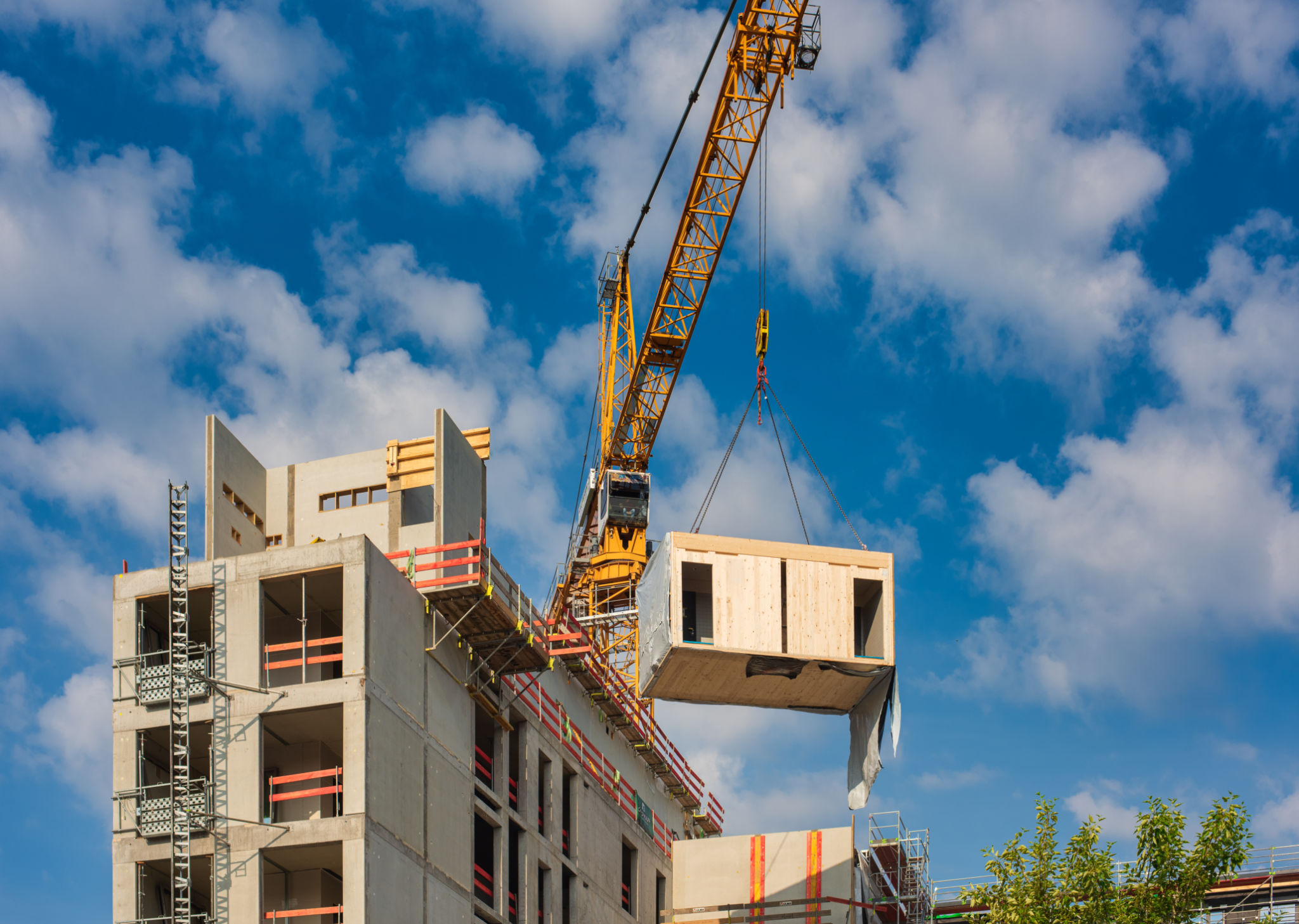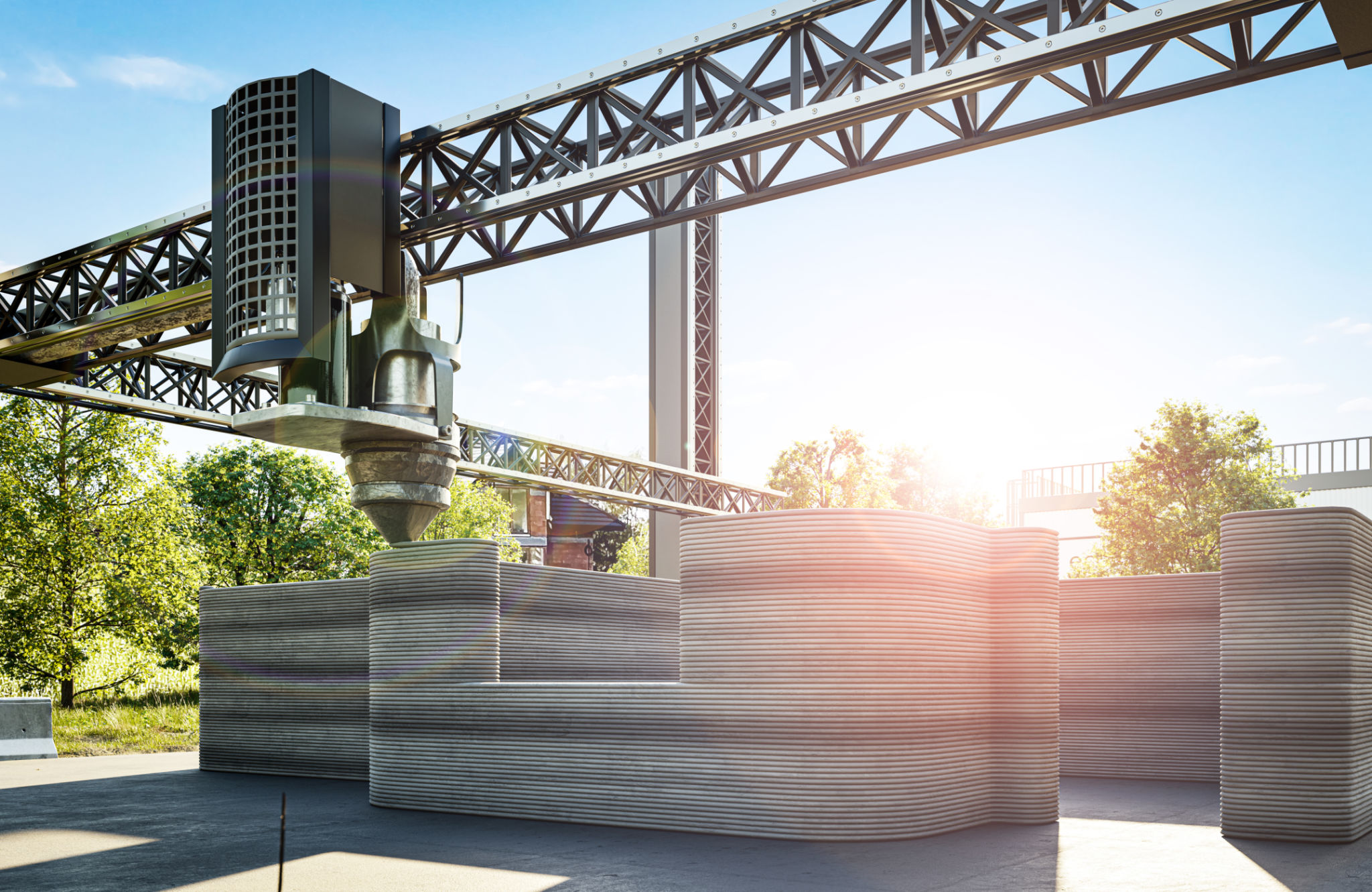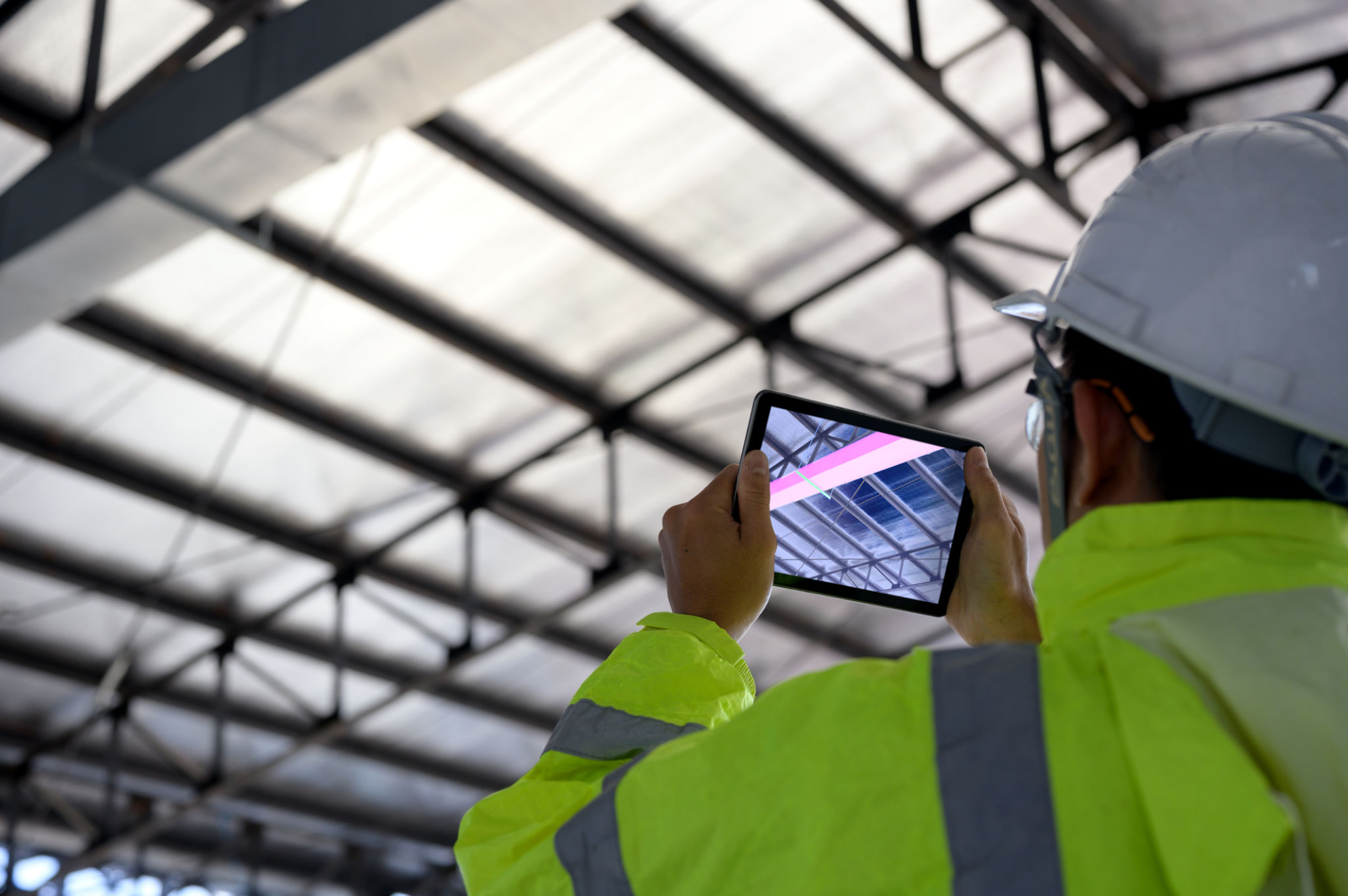Innovative Construction Techniques Transforming the USA
Introduction to Innovative Construction Techniques
In recent years, the construction industry in the USA has undergone a remarkable transformation. Through the adoption of innovative construction techniques, projects are being completed faster, more efficiently, and with enhanced sustainability. These cutting-edge methods are reshaping the landscape and setting new standards for building practices across the country.
Prefabrication and Modular Construction
One of the most significant advancements in construction is the increasing use of prefabrication and modular construction. This technique involves assembling building components off-site under controlled conditions, which are then transported and installed at the construction site. This approach significantly reduces construction time and labor costs while improving quality control. Prefabrication is particularly beneficial for projects like residential buildings and hospitals where speed and efficiency are critical.

Green Building Practices
As environmental concerns continue to rise, the integration of green building practices has become essential. Innovative techniques such as using sustainable materials, enhancing energy efficiency, and incorporating renewable energy sources are now standard. The Leadership in Energy and Environmental Design (LEED) certification has become a benchmark for sustainable construction, encouraging builders to adopt environmentally friendly practices.
Green roofs, rainwater harvesting systems, and solar panels are some examples of how new constructions are contributing to a healthier environment. These practices not only reduce carbon footprints but also result in long-term cost savings for building owners.

3D Printing in Construction
The advent of 3D printing technology has opened new possibilities in the construction sector. 3D printing allows the creation of complex structures with precision and speed that traditional methods can't match. This technology is especially useful in creating custom components and prototypes that perfectly fit specific design requirements.
Some companies are even exploring the potential of printing entire buildings, which could revolutionize affordable housing solutions. The use of 3D printing not only minimizes waste but also reduces material costs, making it an attractive option for budget-conscious projects.

Advanced Robotics and Automation
Robotics and automation are playing an increasingly vital role in modern construction processes. From robotic arms that lay bricks to drones that survey sites, the integration of these technologies enhances safety, accuracy, and efficiency on construction sites. Automated machinery can work tirelessly without fatigue, reducing project timelines significantly.
Drones, in particular, provide invaluable data through aerial surveys, helping project managers make informed decisions quickly. This real-time information improves planning and minimizes errors, leading to better project outcomes.
Building Information Modeling (BIM)
Building Information Modeling (BIM) is another revolutionary technique transforming the industry. BIM involves creating digital representations of buildings to facilitate better collaboration among all stakeholders involved in a project. Through BIM, architects, engineers, and contractors can access a shared database that enhances communication and reduces conflicts during construction.
This technology allows for more accurate cost estimation, efficient resource management, and improved project scheduling. As a result, BIM helps reduce delays and ensures that projects are completed within budget.

Conclusion
The adoption of innovative construction techniques is reshaping the industry landscape in the USA. By embracing these advancements, builders can deliver projects that are not only cost-effective but also environmentally sustainable and socially responsible. As technology continues to evolve, the future of construction looks promising, with endless possibilities for innovation and improvement.
